CFD Estimation of a Resistance Coefficient for an Egg-Shaped Geometric Dome
Abstract
:1. Introduction
2. Materials and Methods
2.1. CFD Method
- 1, if a cell is fully occupied by fluid;
- 0, if a cell is not occupied by fluid;
- 0 < < 1 if there exists an interface between fluid 1 and 2.
2.2. Experimental Setup
2.3. Case Study
2.4. Experimental Procedure
2.5. CFD Model
- both fluids are incompressible and homogeneous;
- both fluids have constant properties;
- there is no mass transfer between both fluids;
- model is in thermal equilibrium;
- phase changes in both fluids are neglected;
- the pressure-based solver is used;
- for the pressure-velocity the coupled scheme linked to the volume fraction is used;
- the implicit scheme is used with a standard finite difference discretization scheme: QUICK and Modified HIRC for volume fraction;
- the shear stress transport (SST) model is used;
- the roughness of model wall is neglected.
3. Results
4. Discussion
5. Conclusions
- The CFD model uses the Reynolds averaging approach and, within a certain range, can evaluate the total resistance and total resistance coefficient with a good approximation.
- Due to the applied simplifications, the created model is not able to capture all the phenomena occurring during the flow around partially submerged objects.
- The simulation results may differ from the test results due to the omission of the roughness of the model, which may affect the total resistance coefficient value.
- The prepared model can be used to evaluate the hydrodynamic sea loads for the egg-shaped cage.
Author Contributions
Funding
Institutional Review Board Statement
Informed Consent Statement
Data Availability Statement
Acknowledgments
Conflicts of Interest
Abbreviations
| MDPI | Multidisciplinary Digital Publishing Institute |
| DOAJ | Directory of open access journals |
| CFD | Computational Fluid Dynamics |
| VOF | Volume of Fluids |
| SGS | Subgrid scale model |
| LES | Large eddy Simulation |
| SST | Shear Stress Transport |
References
- Su, B.; Tsarau, A.; Endresen, P.C.; Kristiansen, D.; Lader, P.F. Numerical study of closed rigid fish cages in waves and comparison with experimental data. Ocean Eng. 2021, 233, 109210. [Google Scholar] [CrossRef]
- Shen, Y.; Firoozkoohi, R.; Greco, M.; Faltinsen, O.M. Experimental investigation of a closed vertical cylinder-shaped fish cage in waves. Ocean Eng. 2021, 236, 109444. [Google Scholar] [CrossRef]
- Morison, J.R.; Johnson, J.W.; Schaaf, S.A. The Force Exerted by Surface Waves on Piles. J. Pet. Technol. 1950, 2, 149–154. [Google Scholar] [CrossRef]
- Achenbach, E. Influence of surface roughness on the cross-flow around a circular cylinder. J. Fluid Mech. 1971, 46, 321–335. [Google Scholar] [CrossRef]
- Achenbach, E. Experiments on the flow past spheres at very high Reynolds numbers. J. Fluid Mech. 1972, 54, 565–575. [Google Scholar] [CrossRef]
- Sarpkaya, T. In-Line and Transverse Forces on Cylinders in Oscillatory Flow at High Reynolds Numbers. J. Ship Res. 1977, 21, 200–216. [Google Scholar] [CrossRef]
- James, M.; Forrester, A.; Hudson, D.; Taunton, D.; Turnock, S. Experimental study of the transitional flow of a sphere located at the free surface. In Proceedings of the 9th International Workshop on Ship and Marine Hydrodynamics, Glasgow, UK, 24–25 August 2015; pp. 1–7. [Google Scholar]
- Chaplin, J.R.; Teigen, P. Steady flow past a vertical surface-piercing circular cylinder. J. Fluids Struct. 2003, 18, 271–285. [Google Scholar] [CrossRef]
- Ren, H.; Xu, Y.; Zhang, M.; Deng, S.; Li, S.; Fu, S.; Sun, H. Hydrodynamic forces on a partially submerged cylinder at high Reynolds number in a steady flow. Appl. Ocean Res. 2019, 88, 160–169. [Google Scholar] [CrossRef]
- International Towing Tank Conference (ITTC). Resistance Test. In Recommended Procedures and Guidelines; 7.5-02-02-01; ITTC: Singapore, 2021. [Google Scholar]
- Liang, X.; Liu, Z.; Huang, D.; Wang, T.; Wang, C. Experimental and numerical investigation of the drag coefficients of subsea tree. Ocean Eng. 2021, 238, 350–359. [Google Scholar] [CrossRef]
- Xiang, G.; Soares, C.G. A CFD approach for numerical assessment of hydrodynamic coefficients of an inclined prism near the sea bottom. Ocean Eng. 2022, 252, 111140. [Google Scholar] [CrossRef]
- Pestana, R.G.; Fonseca de Carvalho e Silva, D.; Gomes, C.d.N.; de Oliveira Carvalho, L.; Vileti, V.; de Tarso Themistocles Esperança, P.; Kim, M. Subsea manifold installation: Operational windows estimation based on hydrodynamic model testing. Ocean Eng. 2020, 219, 108364. [Google Scholar] [CrossRef]
- Cheng, Y.; Duan, D.; Liu, X.; Yang, X.; Zhang, H.; Han, Q. Numerical study on hydrodynamic performance of underwater manipulator in the subcritical region. Ocean Eng. 2022, 262, 112214. [Google Scholar] [CrossRef]
- Ageorges, V.; Peixinho, J.; Perret, G.; Ghislain, L.; Moureau, V. Experiments and Simulations of Free-Surface Flow behind a Finite Height Rigid Vertical Cylinder. Fluids 2021, 6, 367. [Google Scholar] [CrossRef]
- Batchelor, G.K. An Introduction to Fluid Dynamics; Cambridge University Press: Cambridge, UK, 1967. [Google Scholar]
- Son, H.A.; Lee, S.; Lee, J. Numerical Analysis of Drag Force Acting on 2D Cylinder Immersed in Accelerated Flow. Water 2020, 12, 1790. [Google Scholar] [CrossRef]
- International Towing Tank Conference (ITTC). Guide to the Expression of Uncertainty in Experimental Hydrodynamics. In Recommended Procedures and Guidelines; 7.5-02 -01-01, Rev 02; ITTC: Singapore, 2014. [Google Scholar]
- Ageorges, V.; Peixinho, J.; Perret, G. Flow and air-entrainment around partially submerged vertical cylinders. Phys. Rev. Fluids 2019, 4, 064801. [Google Scholar] [CrossRef] [Green Version]
- Gonçalves, R.T.; Franzini, G.R.; Rosetti, G.F.; Meneghini, J.R.; Fujarra, A.L.C. Flow around circular cylinders with very low aspect ratio. J. Fluids Struct. 2015, 54, 122–141. [Google Scholar] [CrossRef]
- Schlichting, H. Boundary Layer Theory; Pergamon Press: London, UK, 1955. [Google Scholar]

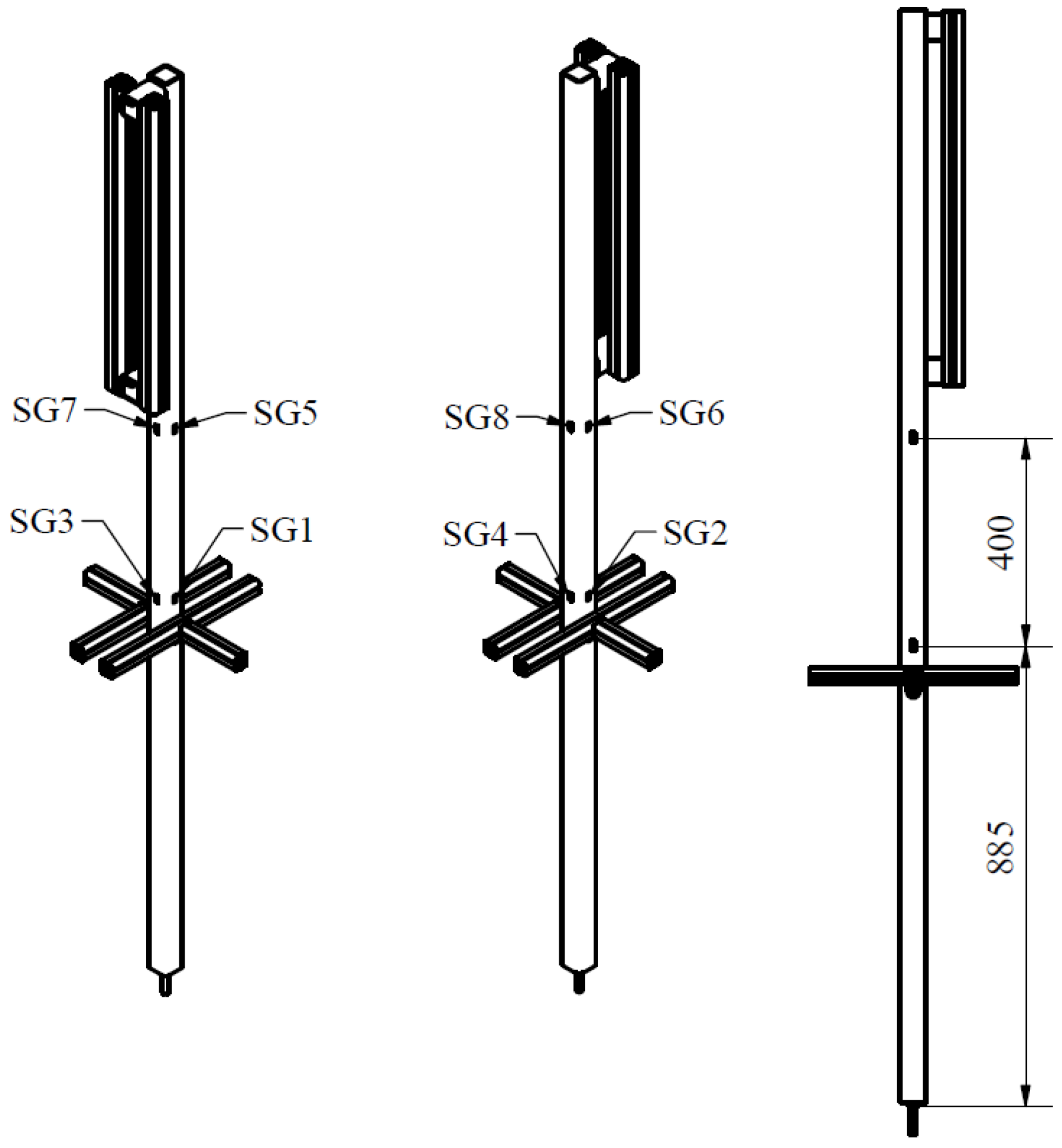
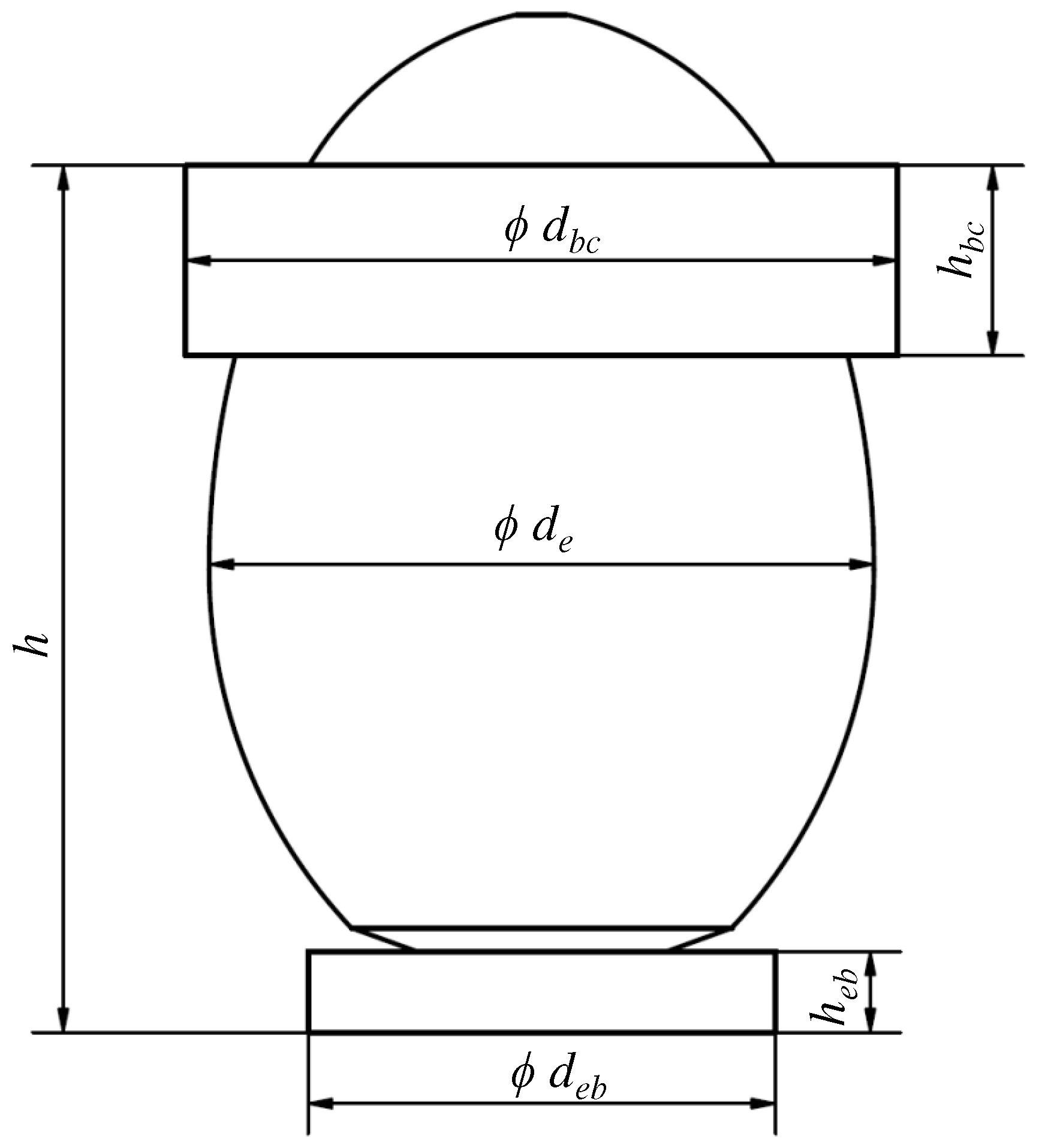
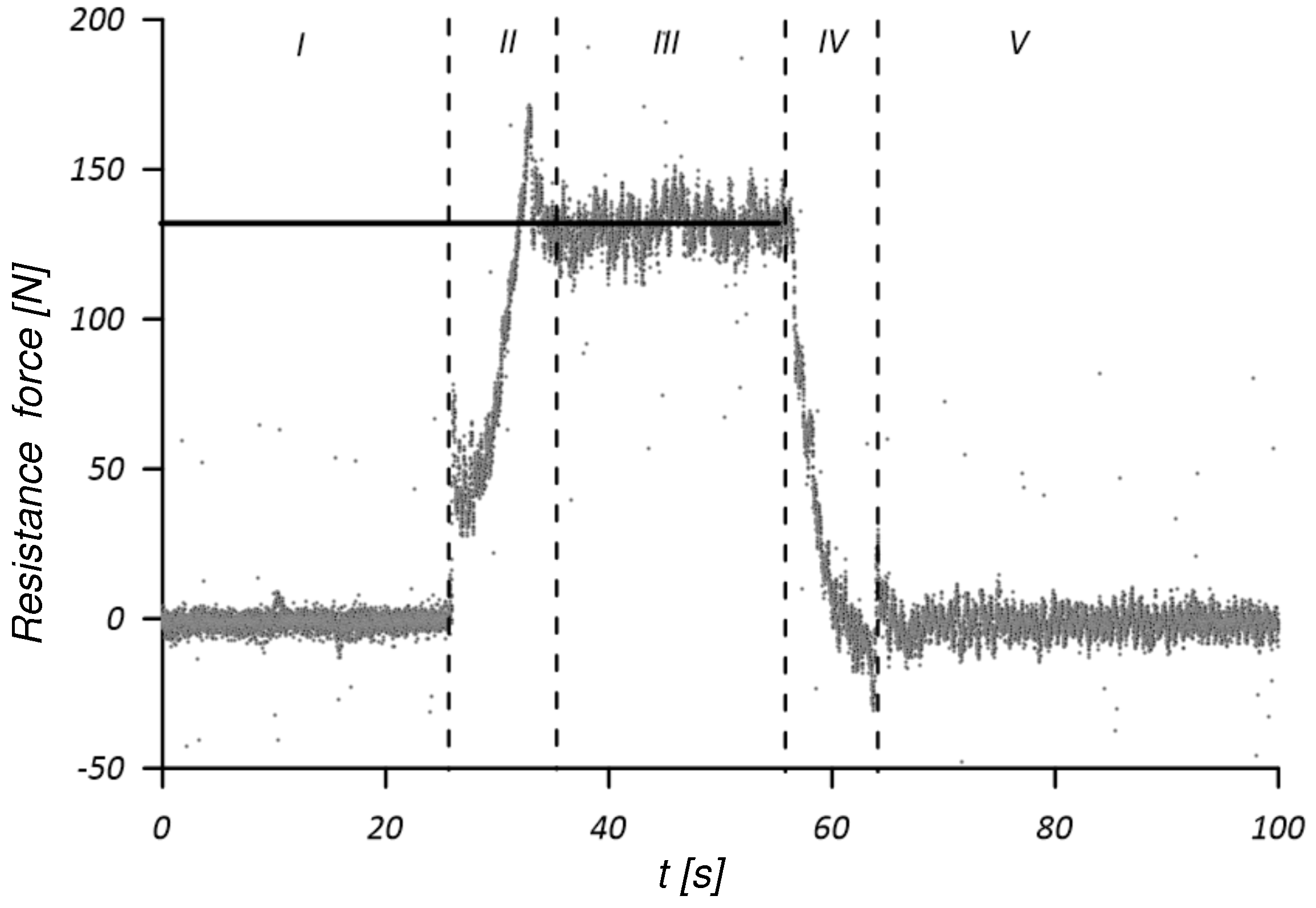
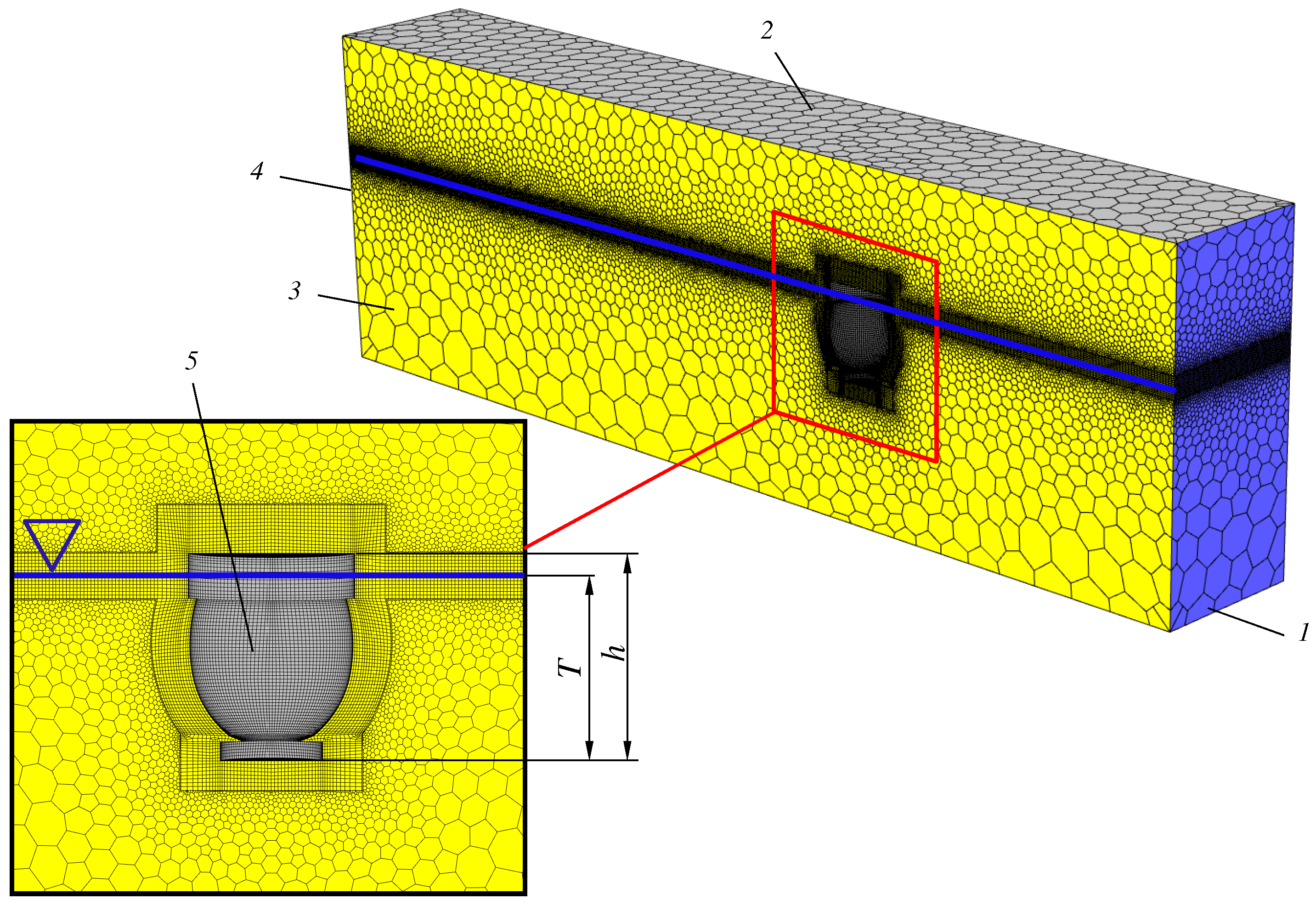
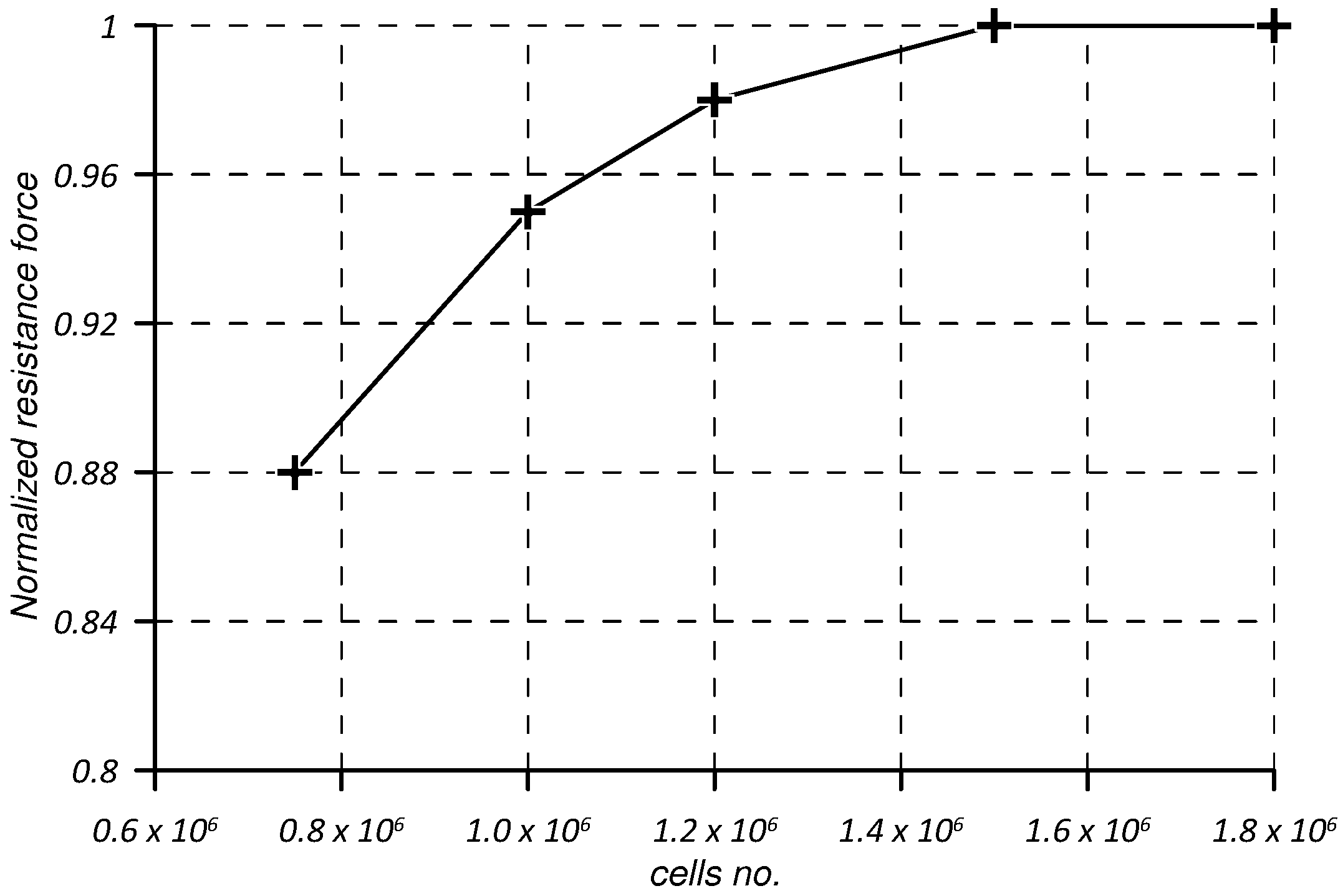
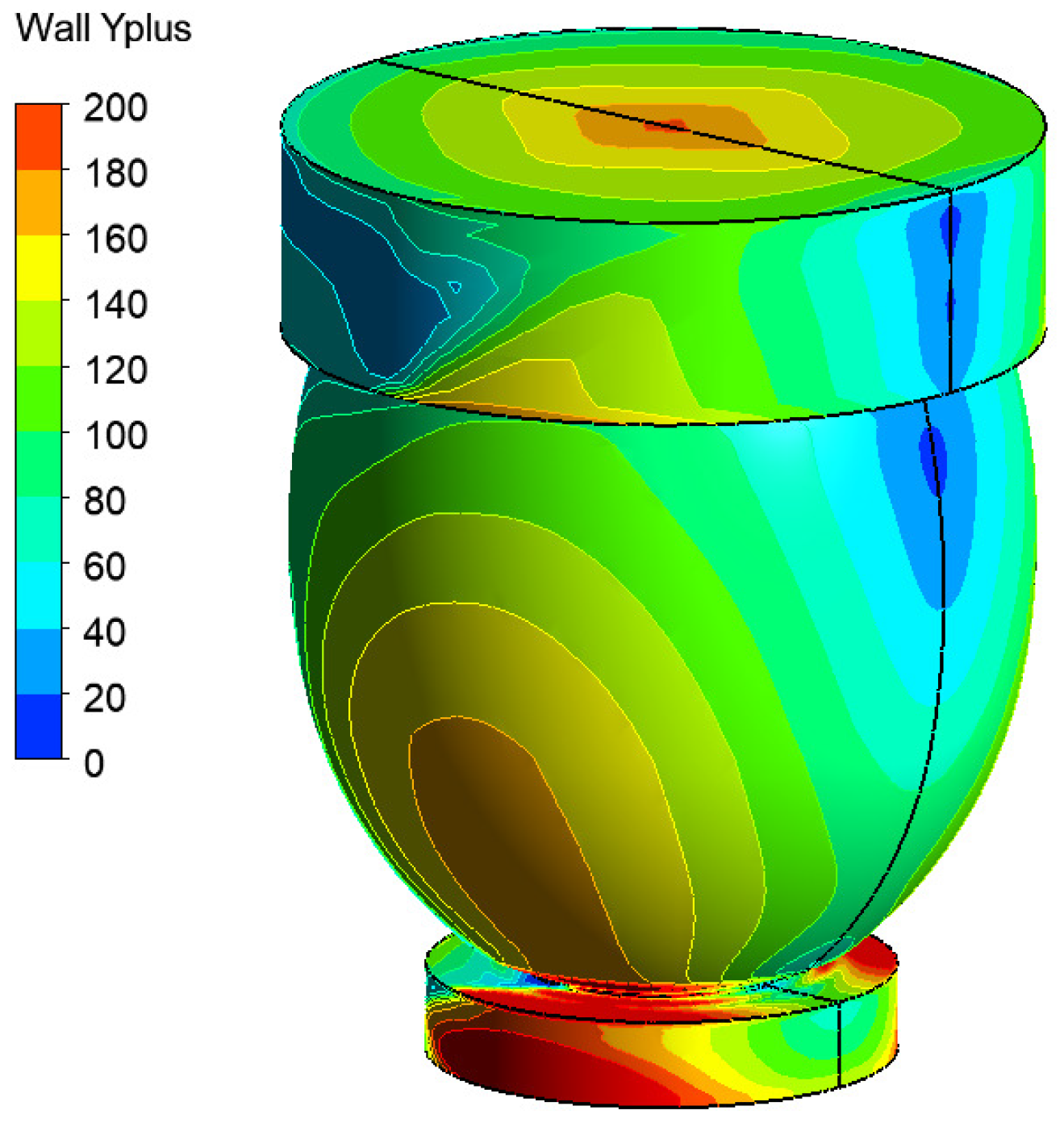
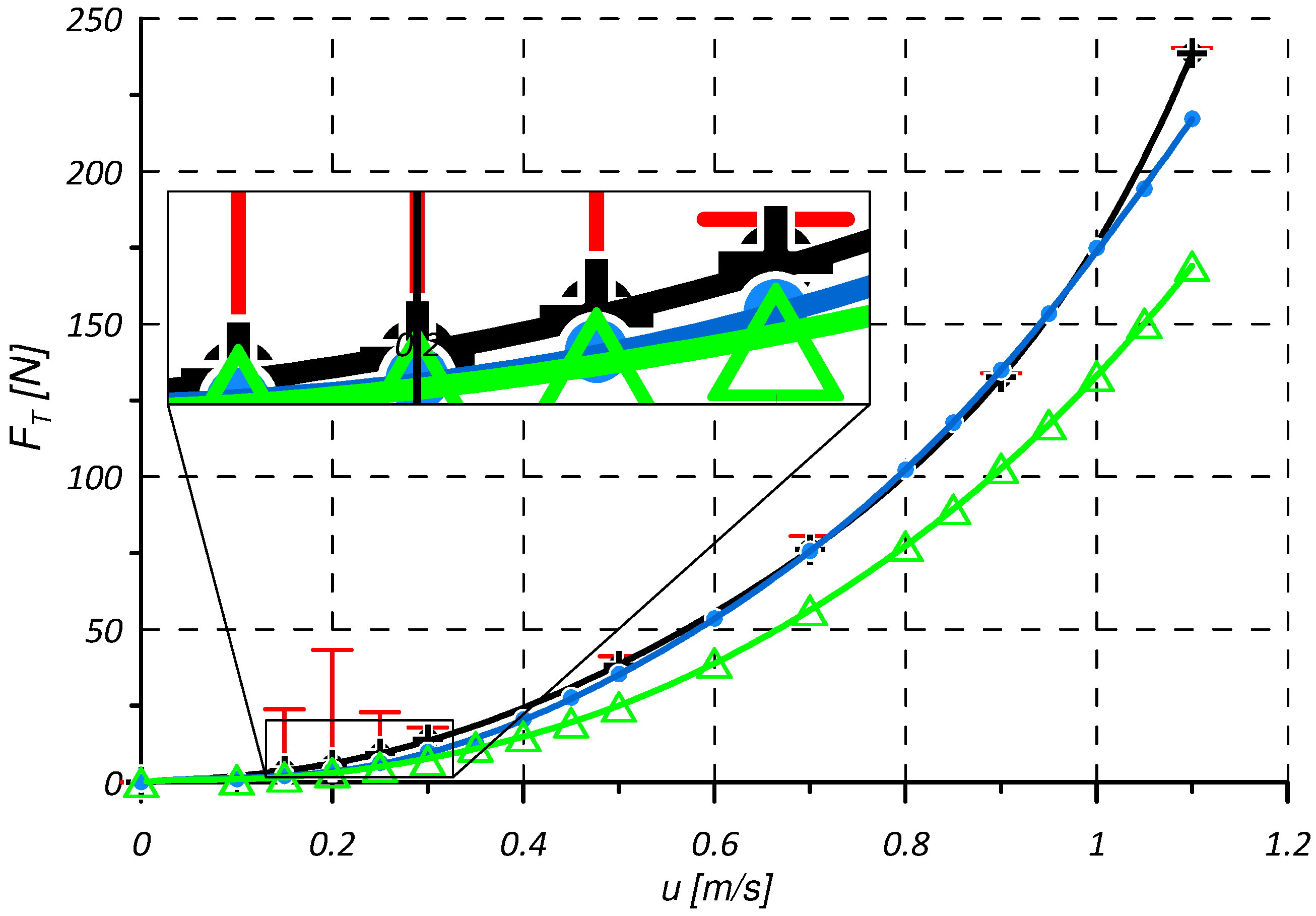
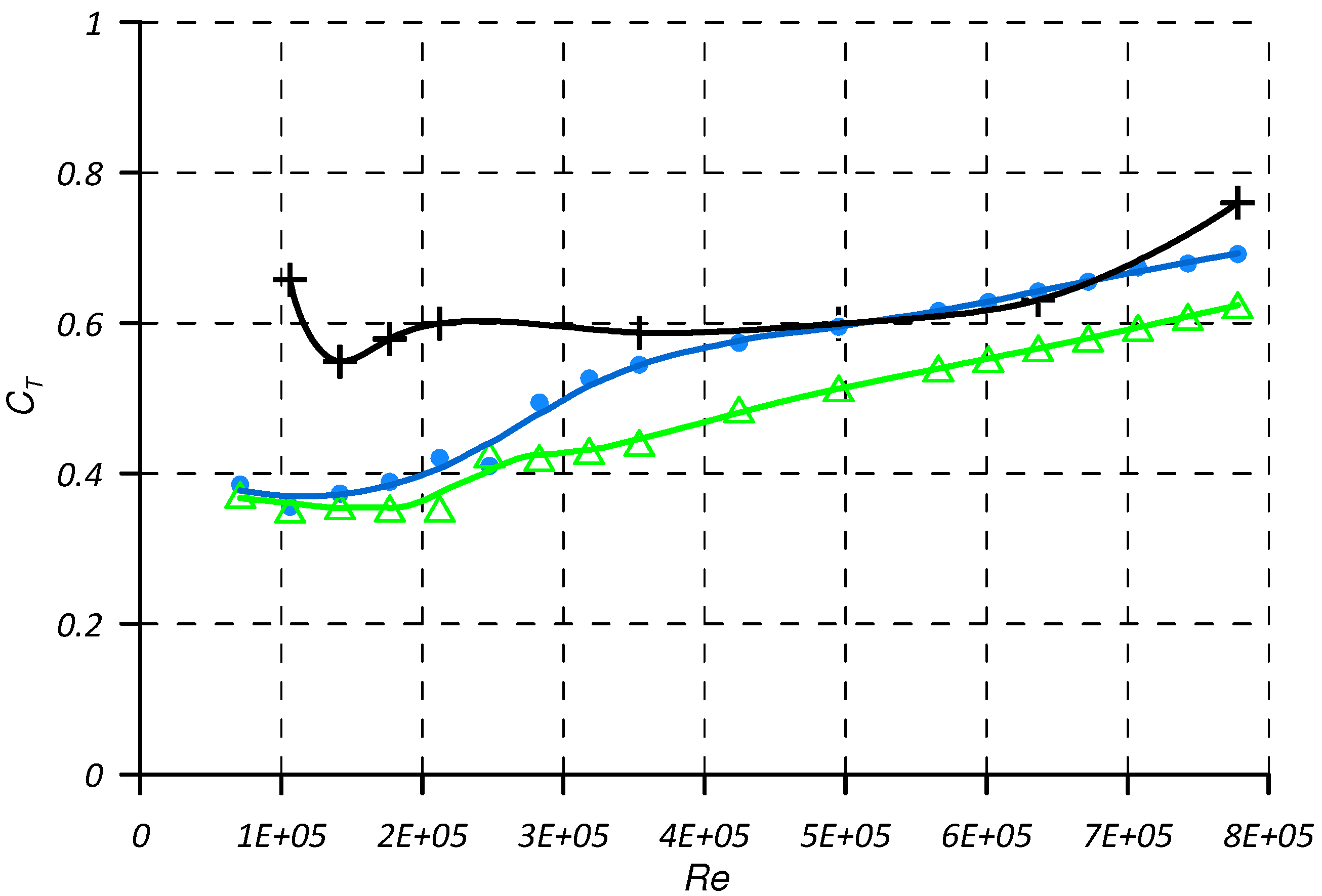
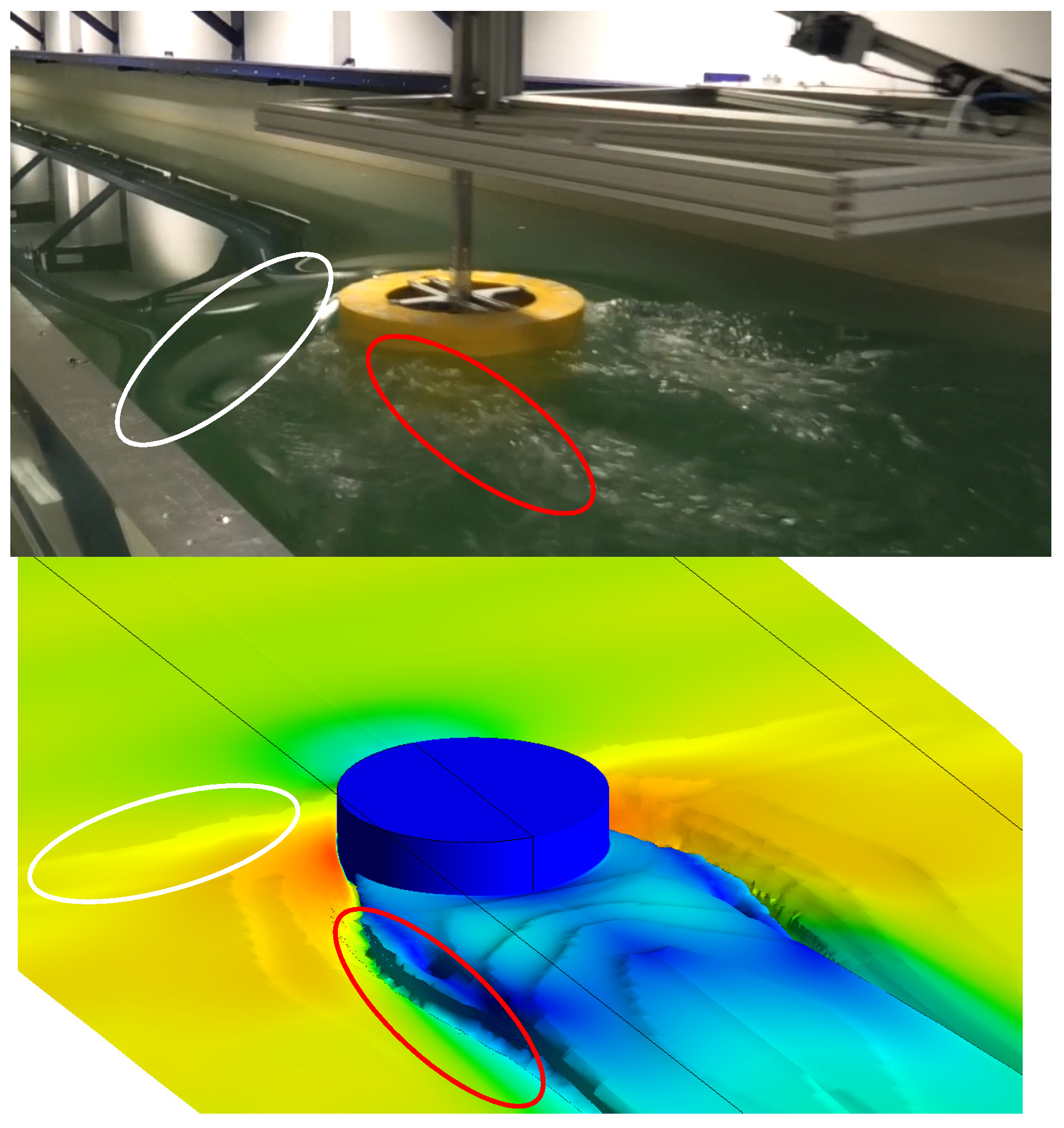
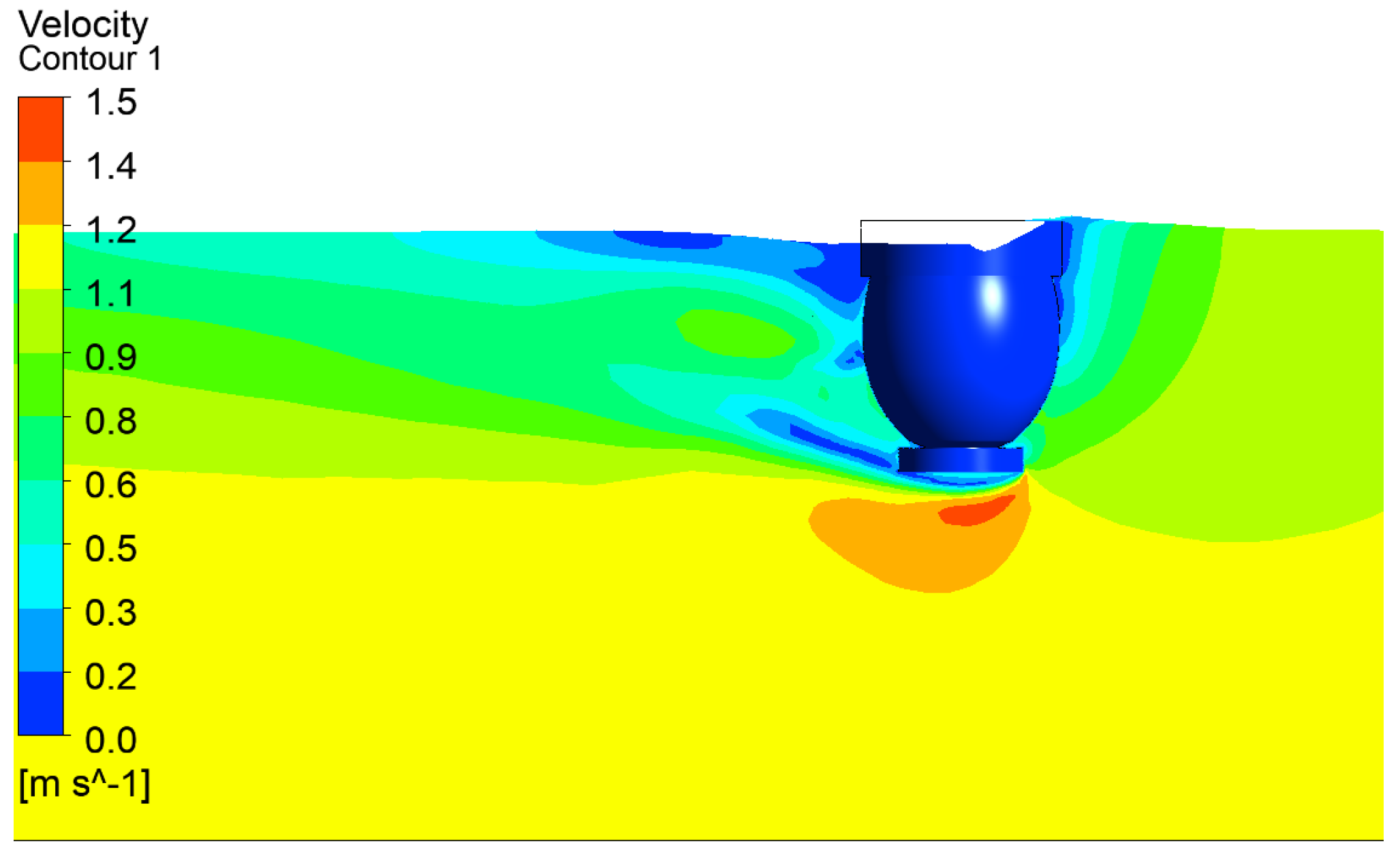
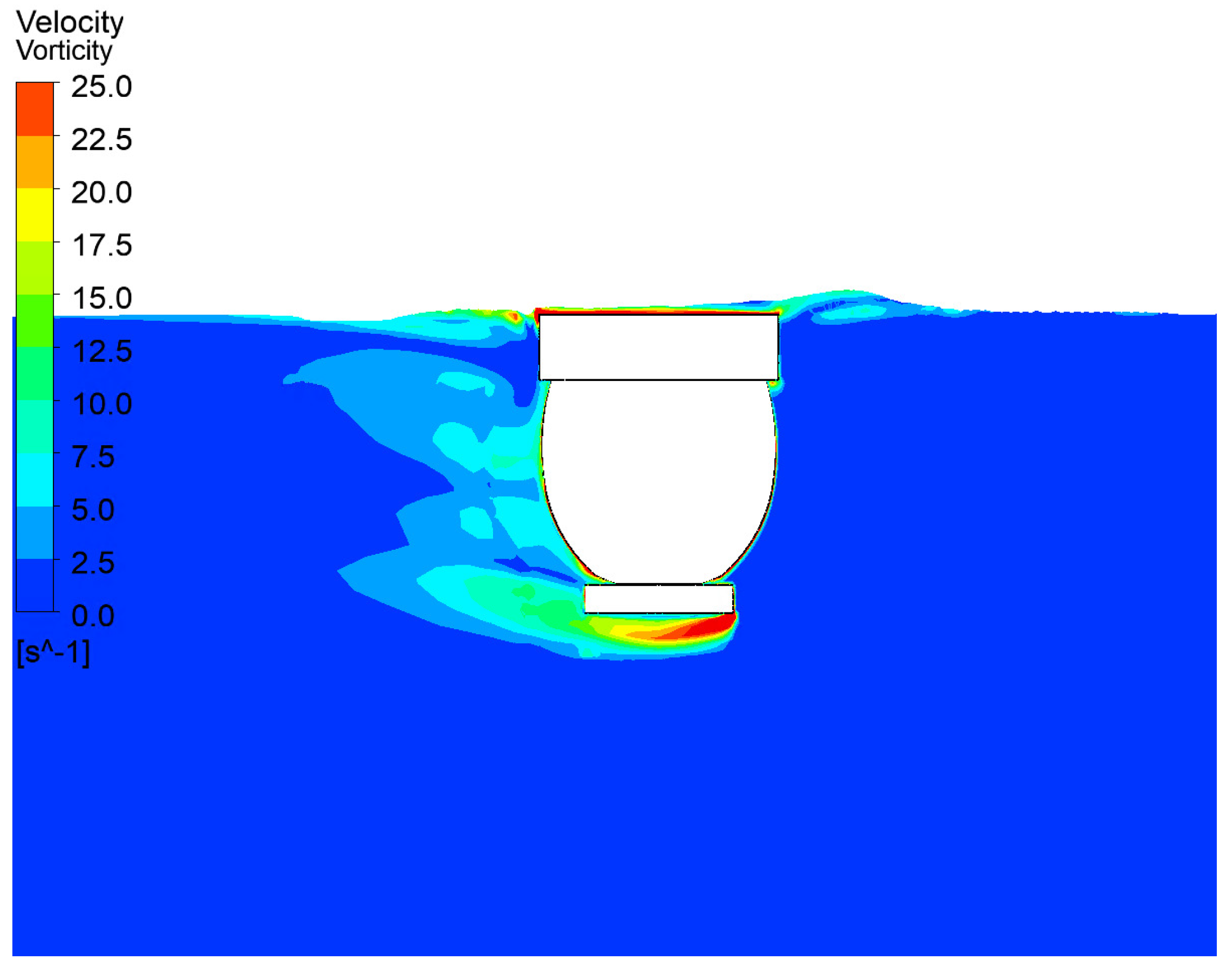
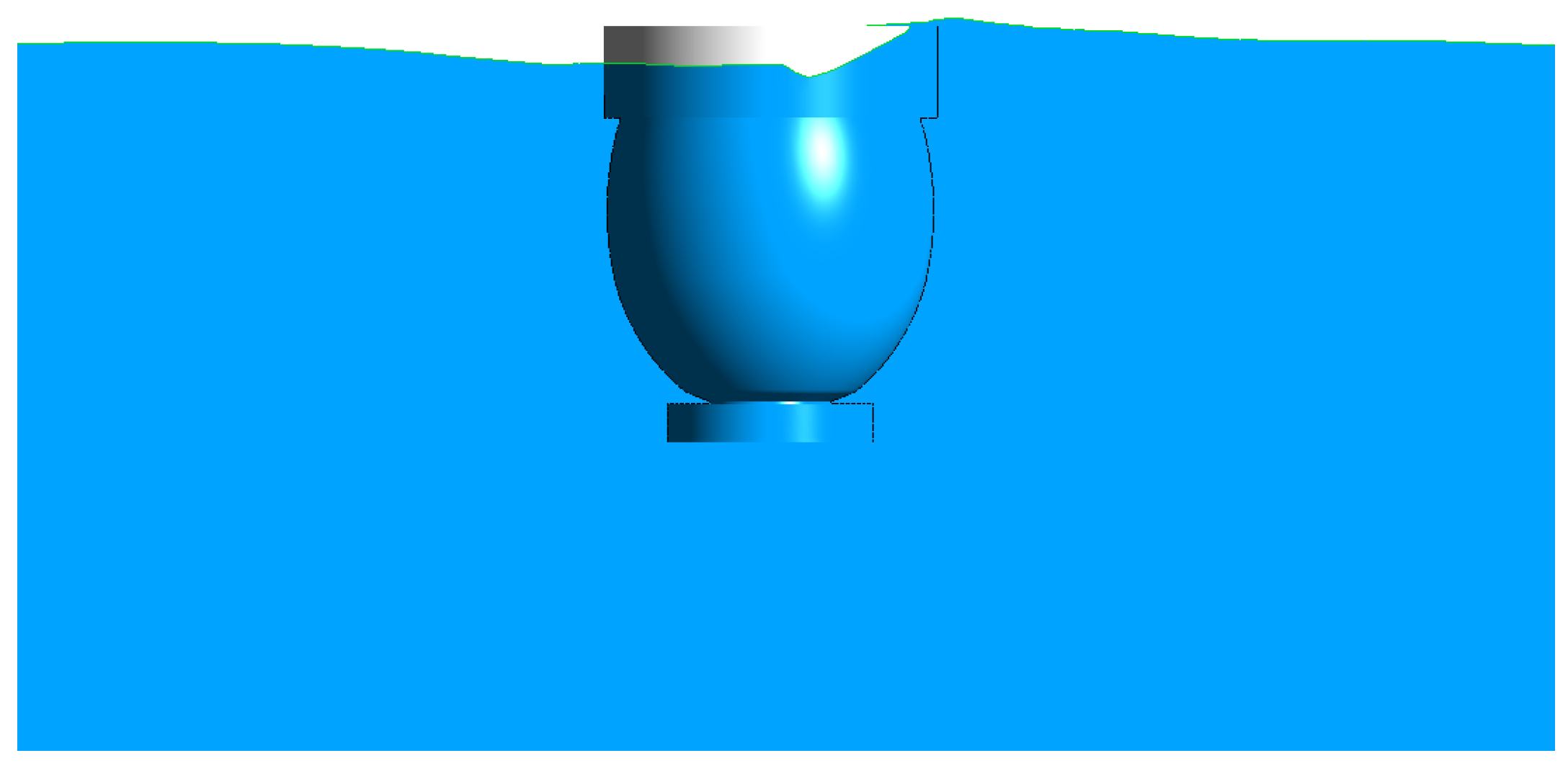
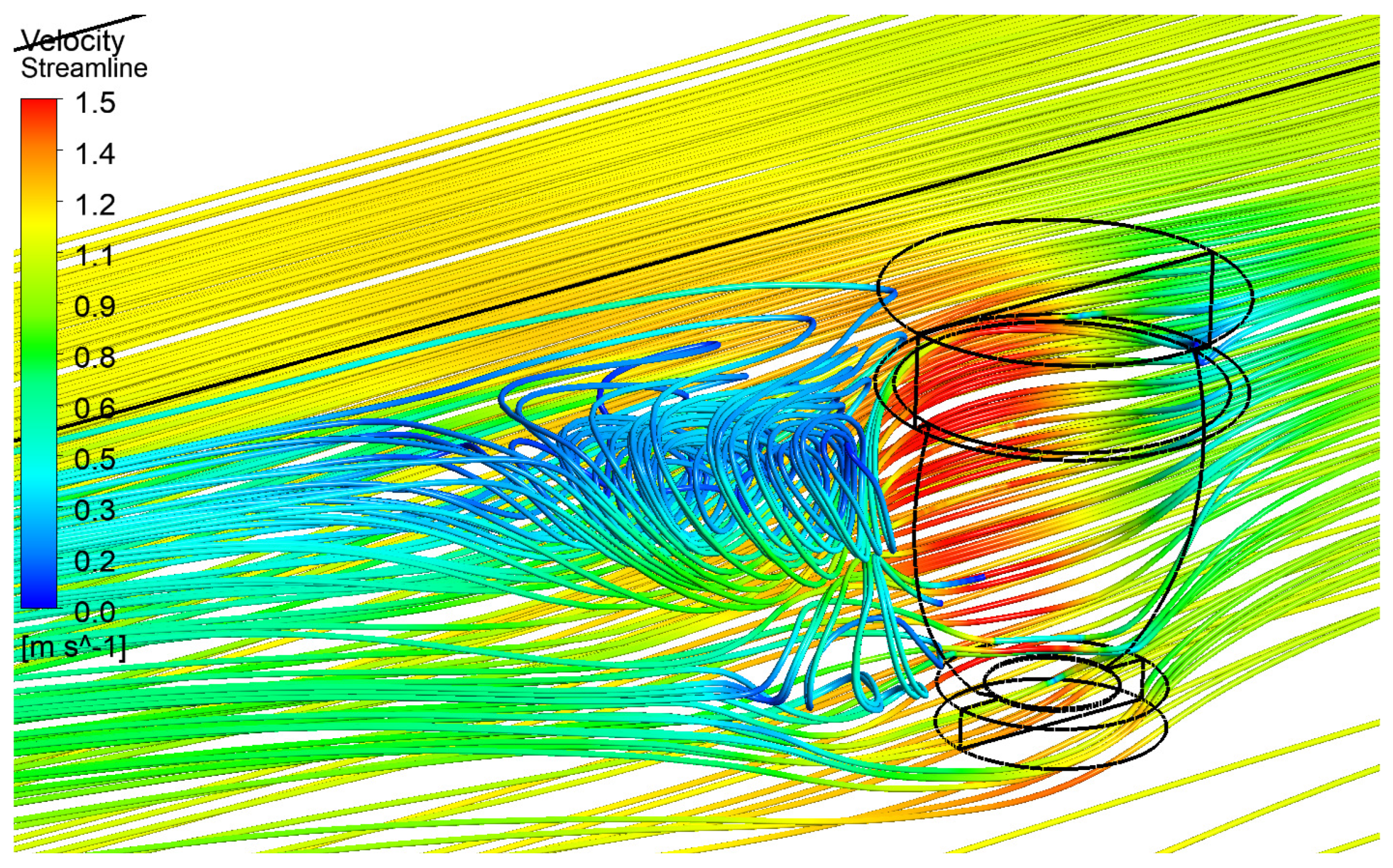

| Entity | Notation | Model Scale Value | Unit |
|---|---|---|---|
| Total height | h | 889 | [mm] |
| Height of buoyancy collar | 195 | [mm] | |
| Height of bottom collar | 82 | [mm] | |
| Diameter of buoyancy collar | 713 | [mm] | |
| Diameter of the equator | 700 | [mm] | |
| Diameter of bottom collar | 442 | [mm] | |
| Projected front area at | A | 520,013 | [mm] |
| Entity | Notation | Value (Water) | Value (Air) | Unit |
|---|---|---|---|---|
| Density | 998 | 1.204 | [kg/m] | |
| Dynamic viscosity | [kg/m s] |
Publisher’s Note: MDPI stays neutral with regard to jurisdictional claims in published maps and institutional affiliations. |
© 2022 by the authors. Licensee MDPI, Basel, Switzerland. This article is an open access article distributed under the terms and conditions of the Creative Commons Attribution (CC BY) license (https://creativecommons.org/licenses/by/4.0/).
Share and Cite
Domagala, M.; Aga, H.L.; Bikass, S.; Momeni, H.; Stenfelt, G. CFD Estimation of a Resistance Coefficient for an Egg-Shaped Geometric Dome. Appl. Sci. 2022, 12, 10780. https://doi.org/10.3390/app122110780
Domagala M, Aga HL, Bikass S, Momeni H, Stenfelt G. CFD Estimation of a Resistance Coefficient for an Egg-Shaped Geometric Dome. Applied Sciences. 2022; 12(21):10780. https://doi.org/10.3390/app122110780
Chicago/Turabian StyleDomagala, Mariusz, Halvor Larsson Aga, Saeed Bikass, Hassan Momeni, and Gloria Stenfelt. 2022. "CFD Estimation of a Resistance Coefficient for an Egg-Shaped Geometric Dome" Applied Sciences 12, no. 21: 10780. https://doi.org/10.3390/app122110780






